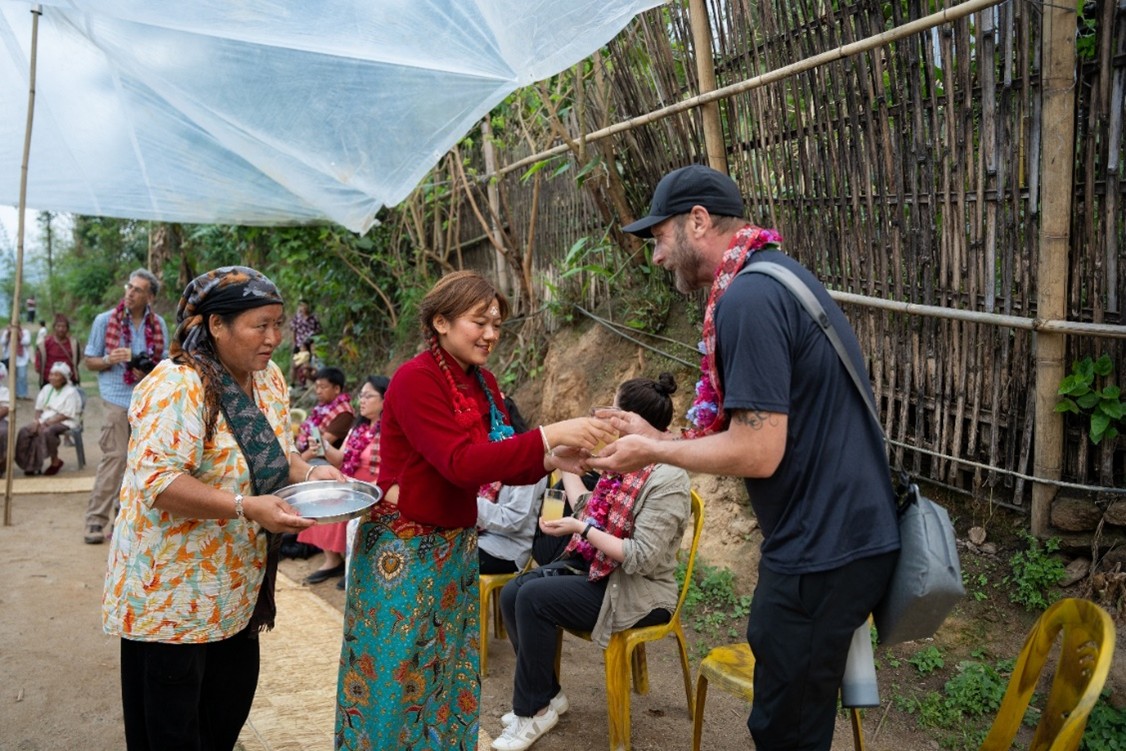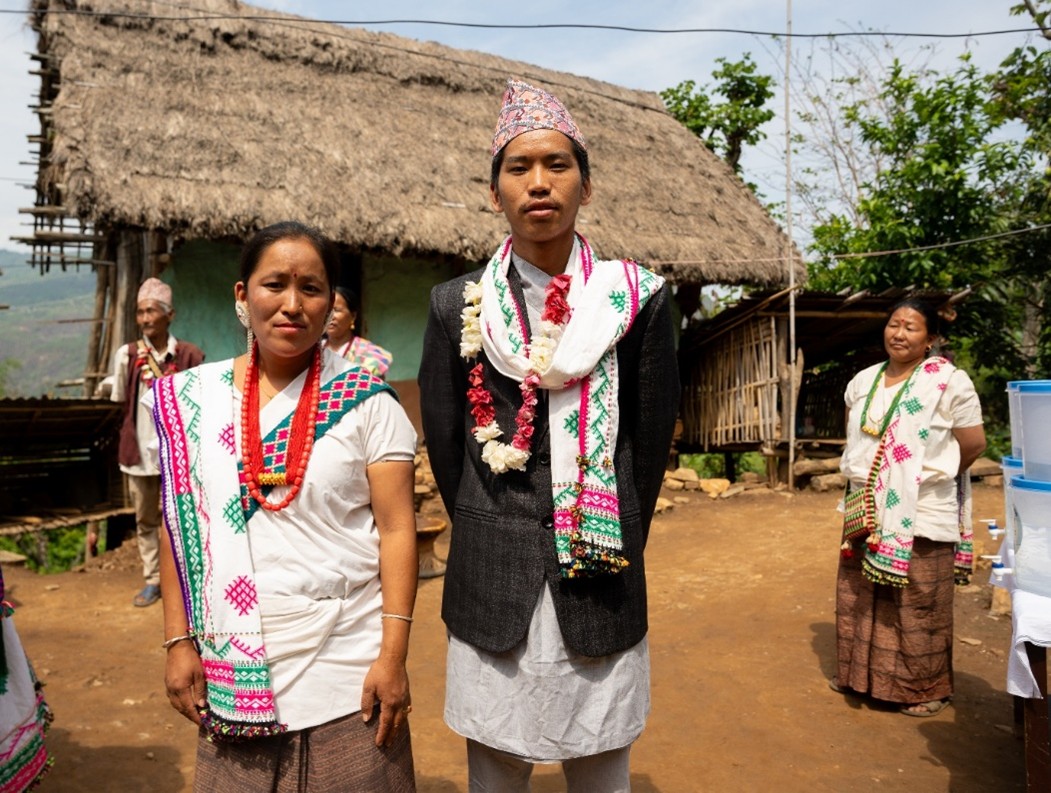Building a dream in Dhankuta
Communities-led tourism that is responsible and sustainable at a time of crisis post GenZ protests in NepalVisitors are often mesmerised by the beauty, tranquillity and old-world charm of Dhankuta in eastern Nepal. Now, this hill town is being turned into a dream destination for nature lovers, culture enthusiasts, and slow travel seekers.
Community groups here have undertaken an innovative model of responsible tourism coupled with sustainable development that could prove to be the solution for other mountain communities in the region too.
Responsible tourism is the one that benefits local people, protects the environment, and preserves local heritage. For the people of Dhankuta, it is not just a buzzword, but a lifeline. Here, their integrated approach to tourism is designed to improve livelihoods, preserve cultures, and address outmigration and the very specific challenge of water security.
Across the hills and mountains of the Hindu Kush Himalaya, communities largely rely on spring water for drinking, household use, and minor irrigation. This water is fed by ‘watersheds’ – areas of land that drain water into a specific waterbody. The Nibuwa-Tankhuwa is Dhankuta’s watershed, where a fourth of the 97 springs have already dried up due to climate change, posing a clear threat to the community’s water security.
To tackle this head on, the Dhankuta community began a grassroots movement here in 2021, which paired responsible tourism with vital water conservation efforts. This included building recharge ponds, reviving springs, and implementing rainwater harvesting systems in the watershed.
Importantly, these projects have provided a foundation for the entire tourism model – tourists can witness this work firsthand, seeing and learning to understand how every drop of water is carefully managed.
A further challenge is Dhankuta’s complex geography, with the settlements of the indigenous Aathpahariya community scattered across hilltops and valleys. For those living on higher ground, recharge ponds alone aren’t enough. To address this, rainwater harvesting systems and bio-sand filtration units were introduced, making safe water accessible to families and visitors even in previously underserved areas.
Historically, the Aathpahariyas have depended on agriculture, but water scarcity led to significant outmigration, despite a long-held cultural and spiritual belief that crossing the Tamor River symbolises severing ties with their land. For them, responsible tourism has offered a way to earn a living without leaving the area.

Young leaders like Sabita Shrestha and Nabin Aathpahariya are now at the forefront of this movement. Sabita is Dhankuta’s first female cultural guide, and Nabin, a tour guide, is a champion of his culture and the local ecosystem, proving that you can both honour tradition and adapt to a changing world.
This provides a unique opportunity for the indigenous Aathpahariya community, allowing them to remain rooted in their sacred homeland and continue their traditions, while engaging in meaningful economic activities that respect and uphold their cultural values.

Dhankuta isn’t trying to attract a multitude of visitors. The vision is to invite intentional travellers who favour immersive, low-impact, high-value experiences. While Nepal’s tourism sector is growing, much of it comes at a cost to the environment. Dhankuta offers an environmental breakthrough, a path that strengthens local culture and makes perfect business sense for the community.
This is particularly relevant now, as Nepal's tourism sector faces a fresh challenge. A recent wave of protests led by GenZ against government corruption and mismanagement has disrupted the peak tourist season. The unrest caused international travel advisories to be issued and led to a sharp drop in tourist arrivals, with some industry estimates pointing to losses of over Rs25 billion.
In response to the setback, the Nepal Tourism Board has launched a new campaign, including reviving hashtags like #NowInNepal, to reassure the world that the country is safe and ready to welcome visitors.
But while the national tourism strategy focuses on broad recovery, initiatives like Dhankuta's provide a model of what a truly resilient tourism economy can look like. It is not just about bouncing back from a crisis, it is about building a system that can weather them.
Dhankuta is not waiting for solutions to come from outside. It is actively building them from within. Dhankuta’s tourism is a powerful example of what is possible when a community takes collective ownership of its future. The question now is not just how many people will visit, but how many others will be inspired to build their own dreams from the ground up.
Anu Kumari Lama is a tourism expert at ICIMOD while Vuyasi Rajbhandari is Communications Associate.




